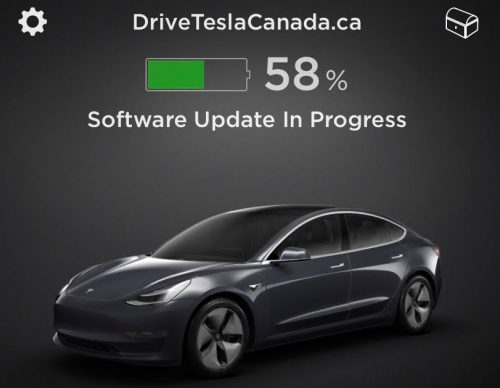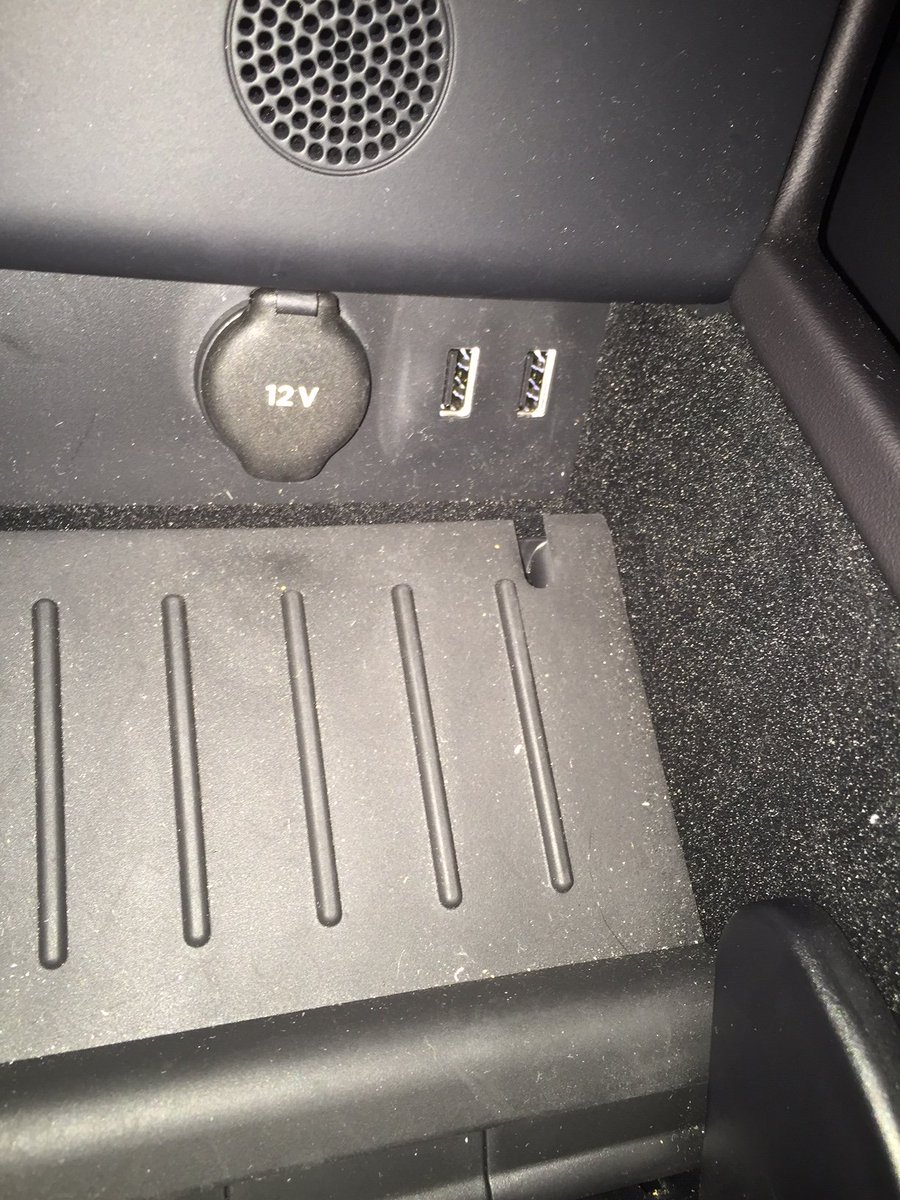

Right-click on the USB and select Format.Let’s dive into the procedures: #1: 32GB USBs


Just accept it if you don’t have any valuable data present in the USB. Tap Controls > Safety > Format USB Drive.Ī pop-up will appear with a warning that all your data will be deleted. Plug the pen drive, SSD, micro SD, or whatever you’re using into one of the USB ports (preferably in the ones present in the glovebox for added security). With that aside, let’s discuss how to format your USB from your Tesla. That’s why if you’re using a 32GB+ USB, you’ll need to reformat it to one of the supported versions, such as exFAT from Windows, MAC, or Linux (the procedure will be explained later in the article). But USBs having storage over 32GB are formatted as NTFS, a format that Tesla doesn’t support. Most 32GB USBs are already formatted as exFAT.

How to Properly Format a USB From Your Teslaīefore you get on with the formatting process, you should know that Tesla only supports USBs with exFAT, MS-DOS FAT (for Mac), and ext 3 or ext 4 formats. >Note: All images are taken from the respective Tesla vehicle manuals. Present at the front of the center console. Present at the rear part of the center console. It’s the most suitable place to plug in the USB you’d use for Tesla Sentry Mode or dashcam. Present at the rear part of the glovebox. Present on the rear wall of the center console compartment. If you’re one of those owners, let me show you where you can find your USB drive on your Tesla: Model 3/Y #1: To my surprise, I actually found many owners who were asking questions along the lines of “Where is the USB drive on my Tesla?” The process itself must not take you more than 5–10 minutes.Īside from the procedure, I’ll also cover the most common problems that owners mostly face during the formatting and ways to rectify them. This is a complete how-to guide that’ll explain the process of formatting your USB to use with Tesla dashcam and Sentry Mode.įor your convenience, I’ve broken down the process into small steps.


 0 kommentar(er)
0 kommentar(er)
